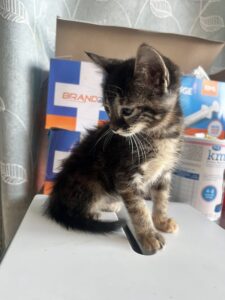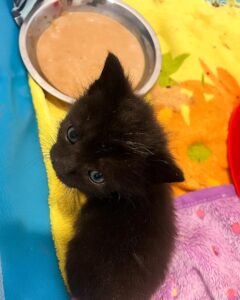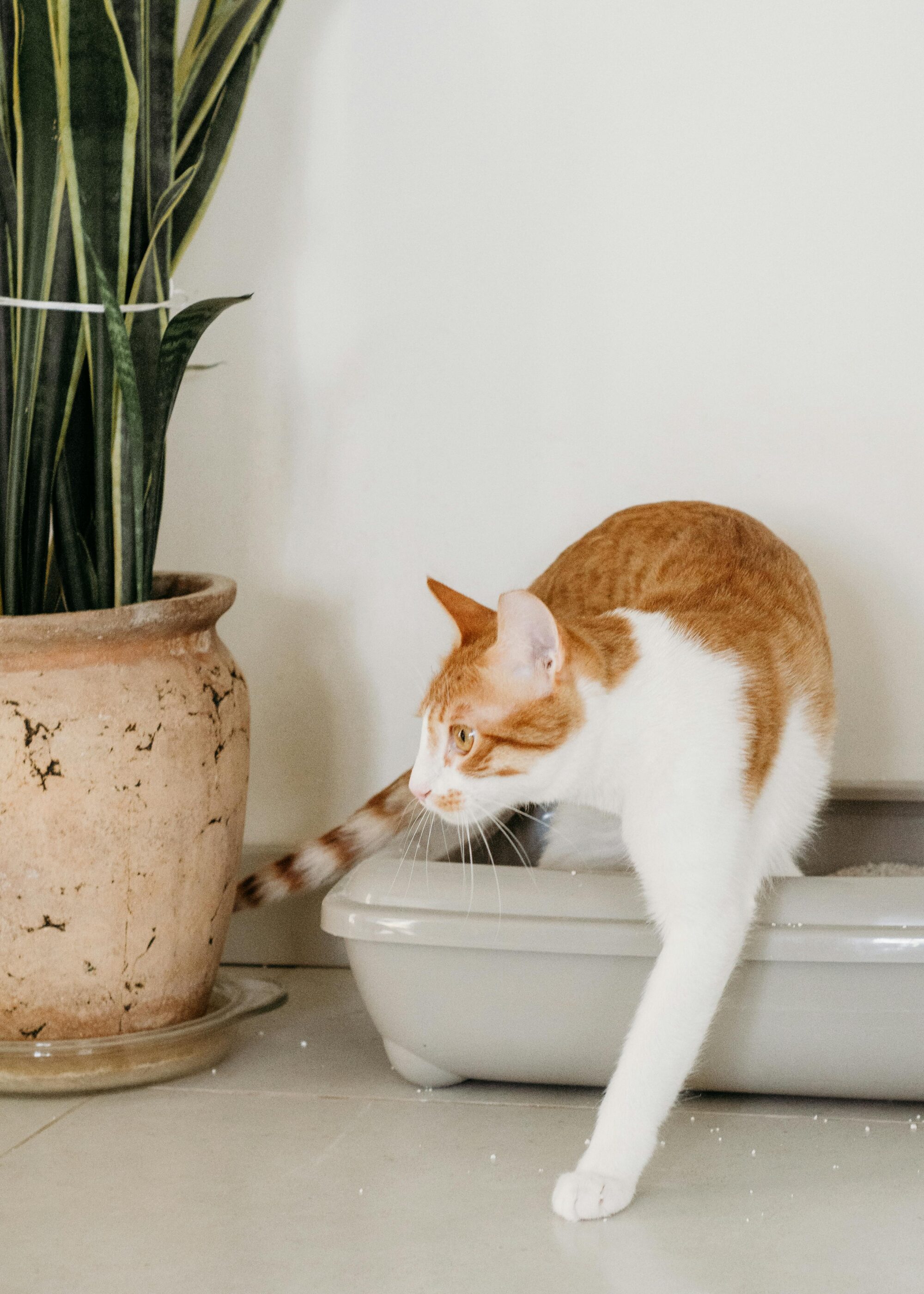I never imagined I’d be talking about poop as much as I do. And yet, here we are. Friends, family, fellow fosters, cat enthusiasts… if you’ve ever spent time with baby kittens, you know what I mean. The conversations, the late-night check-ins, the “Did they go?” questions… it’s all about the poop.
But here’s the thing: it’s important. And if you pay attention, it tells a story.
🧬 Why the Gut Biome Matters
Kittens are tiny, fragile, and still learning how to digest the world—literally. Their gut is home to bacteria that help break down food, absorb nutrients, and fight off illness. And sometimes, little kittens have formula intolerance, tummy bugs, or bacterial exposure from their environment. The key is probiotics!!!
Probiotics are beneficial bacteria that help support a kitten’s digestive health. They can improve nutrient absorption, maintain a healthy gut flora, and reduce the risk of diarrhea or digestive upset, which is especially important in young kittens with developing immune systems. Additionally, probiotics can support overall immune function, helping kittens grow strong and healthy.

Checking the litter box isn’t just about cleanliness—it’s a peek into their health. The color, texture, and frequency of their stool can tell you if your kitten is thriving or if it’s time to call your vet.
📝 What to Look For
- Consistency: Soft, firm, or runny? Diarrhea can be caused by dietary changes, stress, or infection.
- Color: Brown is normal. Yellow can signal digestive issues. Black or bloody? Call the vet.
- Frequency: Newborns go several times a day; older kittens might go less often. Too frequent or too rare can be a red flag.
- Shape and Size: Small, pellet-like stool is often normal; mucus or unusual shapes? Pay attention.
Your litter box is your window into your kitten’s world. And yes… it’s a messy window, but a necessary one.
🐾 Litter Box Training Tips for Baby Kittens
- Start early: Kittens can start learning to use a litter box around 3–4 weeks old. Use a shallow box with soft, non-clumping litter.
- Placement is key: Keep it quiet, away from food, water, and high-traffic areas.
- Encourage exploration: Gently place the kitten in the box after meals or naps. They often instinctively go.
- Keep it clean: Scoop at least once a day. Kittens are sensitive to dirty boxes and may refuse to go if it’s messy.
- Watch and learn: Every poop is a data point—track changes and patterns.
🐱 The Takeaway
Yes, we talk about poop more than I ever thought possible. But paying attention to your kitten’s litter box is one of the most important tools in fostering healthy, happy kittens.
From gut health to growth, from preventing accidents to catching early signs of illness—poop is your guide. It’s messy, sometimes gross, and often hilarious… but it’s also essential.
So embrace the poop. Celebrate the small victories. And never underestimate the insights hiding in that tiny litter box.


